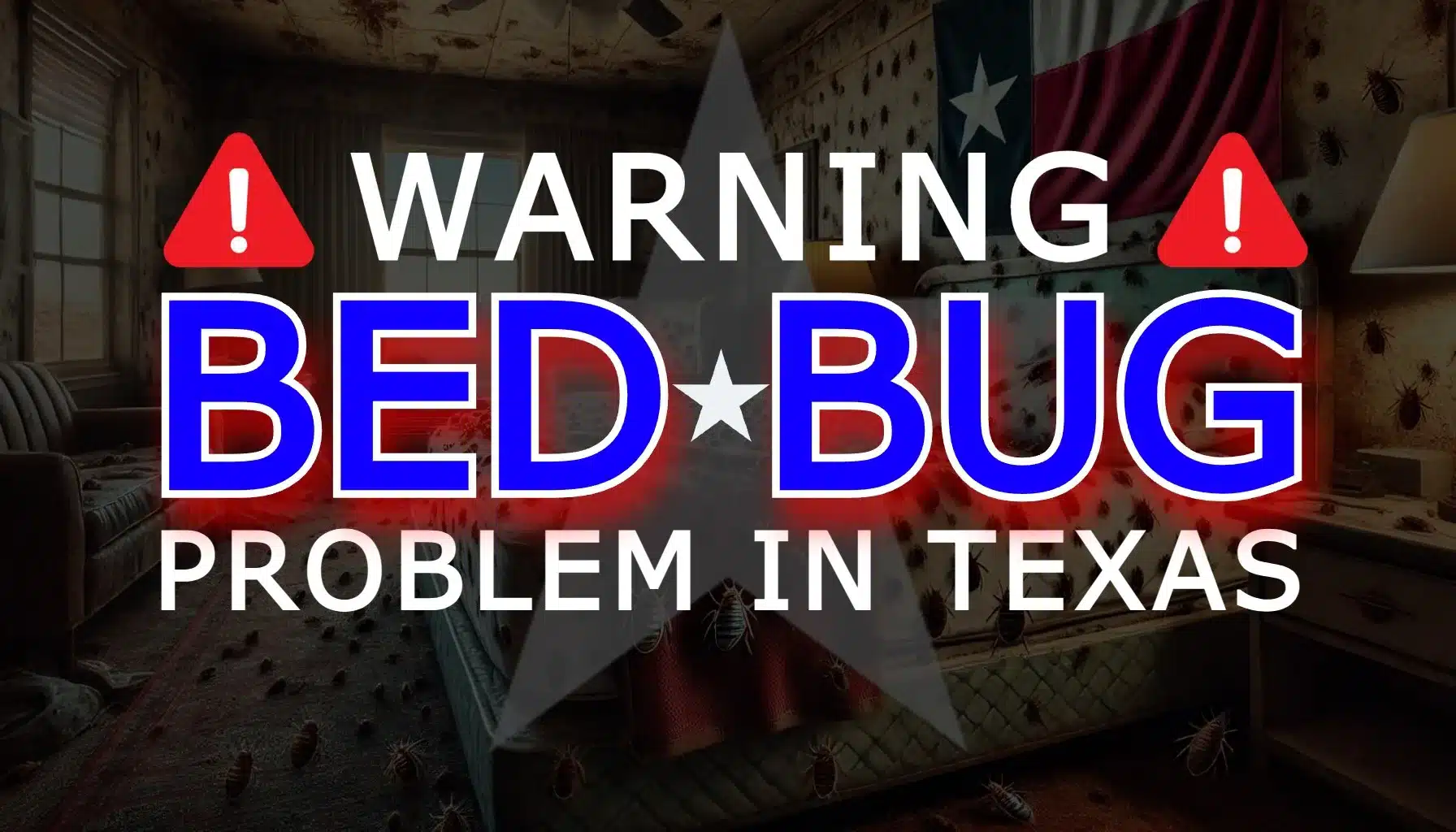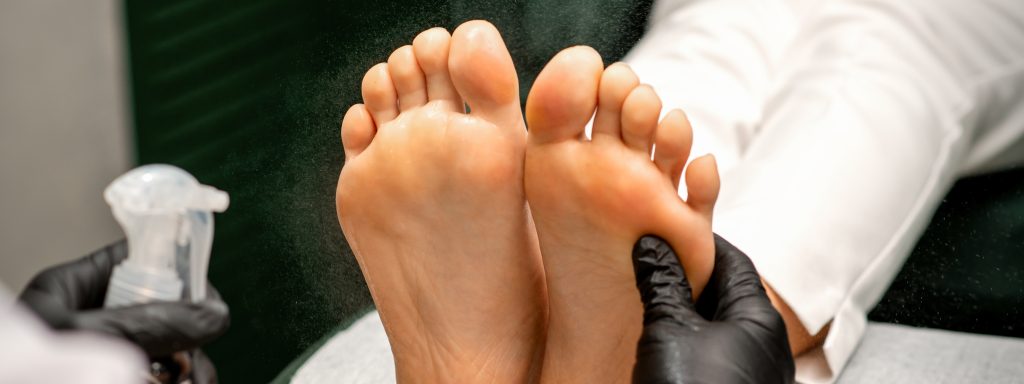Is There a Bed Bug Problem in Texas?
Bed bugs are an increasing concern throughout Texas, with infestations reported in homes, hotels, apartment complexes, and even public spaces. These tiny pests can cause serious health issues, emotional distress, and financial hardships for unsuspecting victims if effective bed bug treatment is not pursued. Reports and online searches about bed bug problems—such as queries like “is there a bed bug problem in Texas”—have significantly increased over the past year, highlighting the growing urgency of the issue. Across Texas cities, especially post-COVID-19, there has been a surge in bed bug control services as urban infestations have increased. In Houston alone, the average monthly Google search volume for bed bug-related keywords has reached 31,770, underscoring heightened awareness and concern among residents.
If you or a loved one has suffered bed bug bites due to the negligence of a property owner, hotel, or landlord, you may be entitled to compensation. RTRLAW’s experienced Texas bed bug attorneys can help you pursue legal action against those responsible.
Why Are Bed Bugs a Problem in Texas?
Texas’s warm climate and bustling tourism industry create ideal conditions for bed bugs to thrive. These pests are notorious hitchhikers, traveling from one location to another through luggage, clothing, furniture, bedding, mattresses, and box springs. Bed bugs flourish in warm, humid environments and are particularly adept at spreading in places like Texas.
Due to its climate and high tourism, Texas has become a hotspot for bed bug infestations, making it challenging to keep homes and hotels bed bug-free. Multiple Texas cities consistently rank among the worst in the nation for bed bug problems: Houston ranks third nationally, Dallas-Fort Worth fifth, Dallas eleventh, San Antonio sixteenth, Austin seventeenth, Fort Worth thirty-seventh, and Irving fifty-fourth. These rankings are based on the number of bed bug control service calls.
A large number of used furniture stores and temporary lodgings also increases the risk of infestations throughout Texas. Houston, for example, has at least 54 used furniture stores—the second-highest number in the U.S.—and 881 temporary lodgings, the third-highest in the country. Adult bed bugs are reddish-brown, oval-shaped, and about the size of an apple seed, making them difficult to spot. Female bed bugs lay three to eight eggs weekly, each hatching in as little as ten days, which lets infestations spread rapidly. Bed bugs have even developed resistance to certain pesticides, making them harder to eliminate. While extreme heat can kill them, typical Texas temperatures are usually not high enough to do so, providing ideal conditions for survival and reproduction.
While bed bugs do not transmit disease, their bites can lead to various signs, including:
- Painful, itchy welts that might take days to appear
- Skin infections due to excessive scratching
- Allergic reactions, sometimes severe
- Anxiety, insomnia, and emotional distress
- Financial losses from medical bills and replacing infested belongings
If a property owner or business fails to take proper precautions to prevent or treat bed bug infestations, they may be held legally responsible for resulting damages. Proactive prevention—through regular inspections, sealing cracks, and maintaining organized, clean spaces—is essential to reduce the risk of infestation.
Identifying Bed Bugs
Early identification is crucial to stop a full-blown infestation in your home or while traveling. Adult bed bugs are about the size of an apple seed, flat, oval-shaped, and reddish-brown. Signs of infestation include itchy, red bites, small dark fecal spots, and live bugs. Bed bugs are masters at hiding in tiny cracks or crevices in mattresses, box springs, beds, and other furniture; infestations may go unnoticed until they have grown.
Bed bug eggs are another key indicator—tiny (about 1 mm long), white, and often tucked into mattress seams and other hidden areas. One female can lay hundreds of eggs in her lifetime, which may hatch in as little as ten days. Additionally, rust-colored spots on sheets and mattresses caused by crushed bed bugs are a classic sign.
Where Do Bed Bug Infestations Commonly Occur?
Bed bugs are not limited to homes; they infest hotels, apartments, public transportation, and even retail stores throughout Texas. These pests can hide in hard-to-spot places such as mattresses, box springs, bed frames, nightstands, carpets, books, baseboards, curtains, and behind wallpaper. Checking luggage for black or brown spots when repacking helps prevent bringing them home.
Bed bugs are attracted to warmth and carbon dioxide emitted by people, making hotels a high-risk environment. In hotels, travelers should keep their belongings off the floor and consider placing luggage in the bathtub to reduce risk. Regular floor checks, especially in shared spaces, are important for early detection. Young bed bugs are smaller, translucent, and hard to see, complicating routine inspections.
College dorms, assisted living facilities, and nursing homes are also high-risk due to frequent movement and shared spaces. Bed bugs leave behind distinctive signs such as black or brown spots, blood stains, and a musty odor, all indicators of an infestation that owners must address.
If you suspect an infestation, document the issue and seek legal advice immediately.
Who Is Responsible for a Bed Bug Infestation?
Under Texas law, property owners and business operators have a duty to maintain a safe, habitable environment for tenants, guests, and customers. If they fail to properly inspect, treat, or prevent infestations, they may be liable for damages caused by bed bugs.
Bed bugs feed on human blood, mainly at night, so bites may appear after sleeping. They emit an anesthetic when biting, so the victim may not notice right away. Bites often appear as red bumps in a “breakfast, lunch, and dinner” pattern and may be itchy or uncomfortable. Reaction severity varies; some have strong allergies, others none. It is best to avoid scratching and to use antiseptic treatments to prevent infection. This variability does not affect the legal responsibility of property owners.
Responsible parties may include:
- Hotel owners & management: Hotels can be held liable if they fail to inspect rooms and guests suffer bites requiring treatment.
- Property owners & managers: Texas short-term rental owners (such as those using Airbnb or VRBO) must provide clean, bed bug–free accommodations.
- Furniture & mattress retailers: Selling infested items without inspection can make a retailer liable for damages and replacement costs.
- Business owners: Neglecting to maintain a pest-free environment can result in liability when customers suffer bites and related health issues.
RTRLAW’s Texas bed bug attorneys can help determine who is responsible for your infestation and hold them accountable.
What Legal Options Do Bed Bug Victims Have?
Understanding how bed bugs spread—by hiding in clothing, bedding, furniture, and luggage—highlights how easily they can be introduced into homes and hotels through used items or travel. Bed bugs can survive for long without feeding and reproduce rapidly, so property owners must be proactive. Left untreated, infestations grow, making prompt pest control essential. Preventive steps, such as sealing entry points and maintaining cleanliness, also help control other pests.
Because bed bugs hide in small cracks, they are especially hard to eliminate, so property owners who fail to prevent or treat infestations may be held responsible for damages.
If you have suffered from bed bug bites or an infestation due to someone else’s negligence, you may be entitled to compensation for:
- Medical expenses: Treatment for bites, infections, and allergies that simple home remedies could not prevent.
- Property damage: Replacement of infested mattresses, furniture, and belongings.
- Lost wages: Repayment for time missed at work due to treatment or necessary relocation.
- Emotional distress: Compensation for anxiety, insomnia, and mental anguish.
- Punitive damages: In cases of gross negligence, additional damages may be awarded as punishment.
At RTRLAW, bed bug claims are handled on a contingency fee basis—you pay nothing unless your case is won.
How to Prove a Bed Bug Case in Texas
Strong evidence is needed to establish liability and secure compensation in a bed bug case. If you or a loved one suffers from bed bugs due to another’s negligence, documenting your case thoroughly is crucial.
Key evidence includes:
- Photographs & videos: Document bed bugs in beds or mattresses, especially visible in seams and cracks; also photograph bite marks and stains.
- Medical records: Keep records of doctor visits and treatments for bites, particularly noting any “breakfast, lunch, and dinner” patterns.
- Receipts & financial losses: Documentation of pest control services, furniture replacement, and related expenses.
- Communication records: Save all correspondence with property owners and managers about the problem.
- Witness statements: Collect testimonies from others who witnessed or experienced the infestation.
Inspect luggage and belongings with a flashlight, especially after visiting high-risk areas, to document the potential source of infestation. Thorough documentation increases the chances of a successful claim. RTRLAW’s skilled attorneys will help you gather and present this evidence to hold negligent parties accountable.
Contact RTRLAW’s Texas Bed Bug Attorneys Today!
Bed bugs are a significant public health concern—they cause itchy bites, allergic reactions, and a sharp decrease in quality of life. The stress from repeated bites can be severe; seeking treatment and legal action is necessary to address immediate and long-term harm.
When you choose RTRLAW, you can expect:
- Aggressive legal representation: Properties and businesses are held accountable for your suffering and public health risks posed by bed bugs.
- Thorough investigations: Our team gathers evidence to build a compelling case, including signs of poor sanitation and broader pest problems.
- No upfront fees: You owe nothing unless we obtain compensation for you.
- Personalized attention: Every client’s needs are prioritized with compassion during stressful times.
If you have been affected by a bed bug infestation in Texas, do not wait to take action. The sooner you seek legal help, the better your chances of securing maximum compensation and preventing others from experiencing similar harm.
Call RTRLAW today toll-free at 1-833-HIRE-RTR or at 972-478-1801 for a free consultation. Our team is ready to fight for your rights and help you get the justice you deserve.


 CALL US NOW
CALL US NOW TEXT US NOW
TEXT US NOW



























